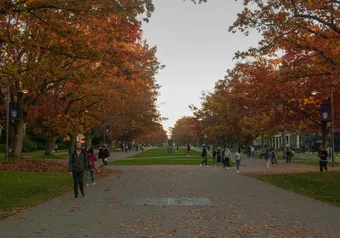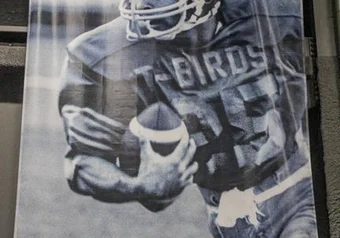UBC held a panel discussion on electoral reform on September 26 in anticipation of the upcoming referendum on whether BC should adopt proportional representation (PR).
Hosted by UBC’s department of political science, School of Public Policy and Global Affairs as well as the Centre for the Study of Democratic Institutions, the event brought together experts from several BC schools to discuss the province’s current first-past-the-post (FPTP) system and the proposed alternatives within PR.
They also looked at how the adoption of a PR system would impact women’s and Indigenous representation.
“This is an opportunity … for us to try to get our heads around what’s at stake in this whole debate,” said Dr. Max Cameron, UBC political science professor and panel moderator.
Fulfilling the BC NDP’s campaign promise in the 2017 provincial election, the referendum on electoral reform will take place by mail between October 22 and November 30.
This is also not the first time the province has put on a referendum on electoral reform. British Columbians rejected similar referendums in 2005 and 2009.
What’s on the ballot?
This year’s referendum contains two parts. It will first ask voters to decide if the province should keep the existing FPTP system or adopt PR, and then to rank the three different systems within PR — dual member proportional, mixed member proportional and rural-urban proportional.
One option is to keep FPTP, a system where the candidate who receives the most votes wins the entire riding. According to Dr. Stewart Prest, political science instructor from Simon Fraser University and Douglas College, this often leads to a one-party majority where the winning party holds less than 50 per cent of the votes.
“The winner takes all,” said Prest about this “status quo” system.
The second option is to adopt of one of three PR systems.
With mixed member proportional, representatives are chosen in two rounds. The first round elects representatives at a district level via FPTP and the second round elects party candidates drawing from regional party lists.
Rural-urban proportional assigns mixed member proportional voting to rural areas and a single transferable vote to urban areas.
Dual member proportional elects two candidates per district. The first candidate is elected via FPTP, while the second vote is decided on a party’s share of the provincial popular vote and district votes.
“Each [system] tries in its own way to make sure there is strong local representation in some consideration for what is happening in urban versus rural areas of the province,” said Prest.
Ensuring representation
Proponents of PR tend to cite research which suggests countries with PR systems have a higher representation of women.
But “not all PR systems are created equal when it comes to women’s representation,” said Dr. Grace Lore, political science instructor at the University of Victoria.
Systems that use closed party lists — where voters vote mainly for a party instead of for a candidate — tend to elect higher numbers of women.
“We may see that an open list PR system actually disadvantages women,” Lore said. She advocated for “proactive” measures similar to New Brunswick’s policy that ties a per-vote subsidy to the gender of a candidate to incentivize parties to run more women.
Dr. Sheryl Lightfoot, an assistant professor in political science as well as First Nations and Indigenous Studies at UBC, then used New Zealand’s history of PR as a case study for the possibilities of Indigenous representation.
According to her, the implementation of PR in the the late ’90s allowed for the rise of the Māori party that later formed a minority government with the centre right National Party in 2008.
PR prompted a “huge” increase of Māori in parliament, said Lightfoot.
Earlier this year, David Eby — attorney General and MLA for Vancouver-Point Grey, UBC’s riding — published an election reform report titled “How We Vote.” It surveyed 3,000 people who identified as First Nations, Métis or Inuit — 73 per cent of respondents reported that they did not feel represented in the legislature.
Overall, as British Columbians prepare to either embrace or reject PR, Cameron believes the referendum offers opportunity for dialogue.
“I think the referendum really offers us the opportunity to have a constructive conversation about democracy in this province,” he said.
Share this article
First online





